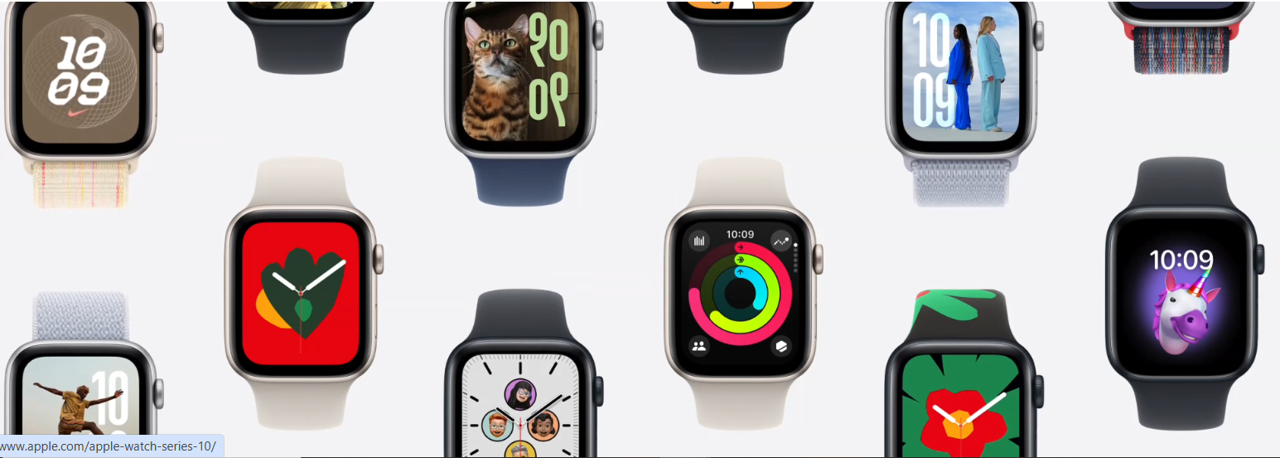
Since the turn of the millennium, we have watched devices and technologies hit the scene at Mach 10, going from zero to mass in months, days, or even hours. Apple has had its share of “instant winners,” starting with the iPod, followed by iPhone and later iPad. More recently, Apple’s AirPods took the world by storm.
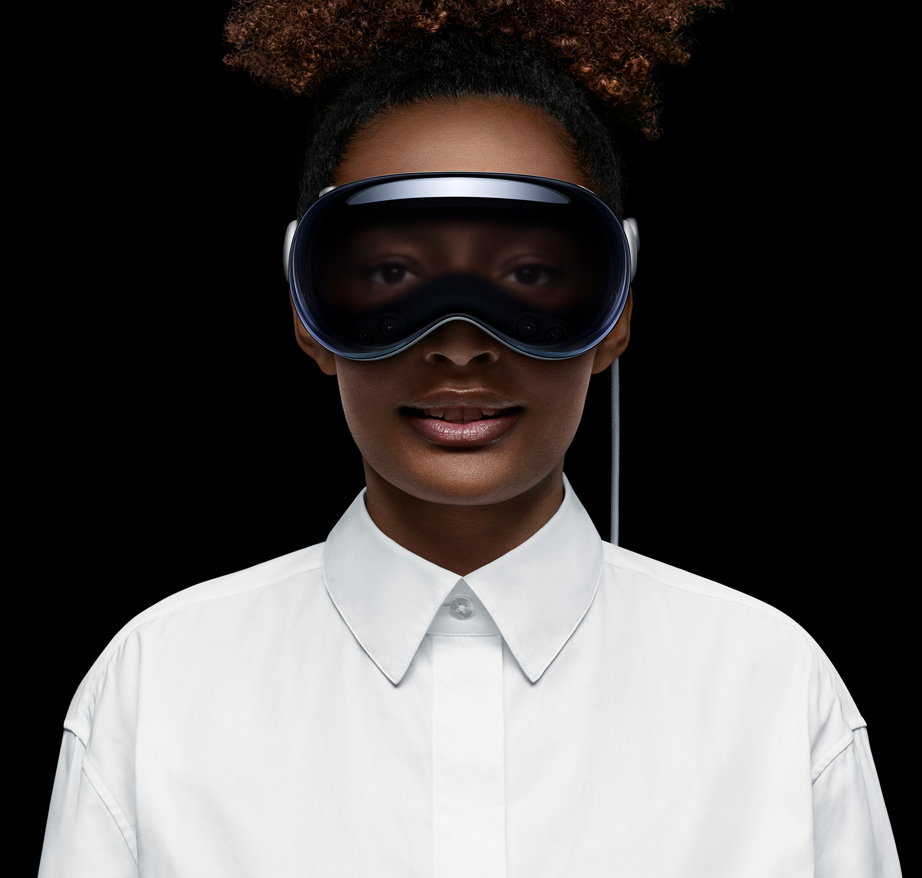
But even for the high-flying Cupertino team, not every one of their devices and technologies has hit the ground running. In fact, some have barely gotten out of the starting gate. Take Apple’s long-awaited headset, the Vision Pro, launched in 2024—with a resounding thud. And last year, Apple leapt into AI with “Apple Intelligence” which has been disappointing for the company and its millions of fanboys and girls.
That’s the thing with Apple—we usually know pretty quickly whether their efforts turn out to be “the next big thing” or a hot mess.
But the Apple Watch is the exception. It’s hard to be believe this “slow starter” from Apple is now celebrating its tenth anniversary. And the most interesting thing about the device is that its primary use case has shifted over the past decade. It has simply taken time for Apple to figure it out, which should also tell us something about the art of innovation. Sometimes new ideas, gadgets, or even radio formats need to gestate for a while before someone figures it out.
Like many Apple products, they were not the “first in,” thus debunking the conventional wisdom that you have to beat all others to exclusively debut a new product or service. In reality, Apple’s MO has generally, but not always, been to improve on other companies’ technologies rather than being the inventor.
And that’s been the case with an accessory product like the digital watch. Until Apple’s breakthrough back in 2015 with Watch (Tim Cook initially called it iWatch), there were digital fitness trackers like Fitbit on the one hand and watches that mostly told time on the other—and very little in between. That is, until Watch.
Apple realized early on Watch had to be a mashup of function and fashion in order to be successful, especially among Millennials who value both qualities. But initially, Watch was more about receiving texts and even talking to your wrist (a la Dick Tracy). In essence, it was a device where you could leave your iPhone in your pocket or purse—a device of convenience but not particularly essential.
Still, the reveal of Watch in the two-minute video below looks like a product trying to win you over with flash rather than function. It was all about the look and feel of Watch rather than what it did for you. I remember talking to a number of people, both in and out of tech, who openly wondered, “But what does it do?” I’m not sure the geniuses at Apple could have articulated it back then.
At Jacobs Media, we saw Watch as having the potential to become another portable listening device for radio streaming, in much the same way the smartwatch and apps enabled consumers to take favorite stations and shows wherever they went.
At CES 2015, digital watches were showing signs of exploding. While Apple’s entry into this arena was anxiously awaited, the company had nothing to show. But many other companies did. We devoted a lot of our exhibit floor time to checking out the wide array of companies displaying these wearable devices. We checked out exciting products by companies called Martian, Kronoz, and several others.
But then we ran into a company called Burg. Below is our story from CES about how we discovered a radio in their new digital watches before their marketing staff apparently knew the feature existed:
“They have a very cool line of smartwatches that offer many different features, from form to function. We noted a banner listing their smartwatch features that included an FM radio. When we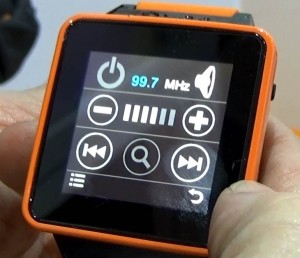 asked to see that particular smartwatch and how it worked, they looked at us like we were aliens. It took them ten minutes to figure out which of their watches featured FM, and it’s pictured at left.
asked to see that particular smartwatch and how it worked, they looked at us like we were aliens. It took them ten minutes to figure out which of their watches featured FM, and it’s pictured at left.
While Burg may not see this smartwatch as an amazing product, I have a few thousand friends in the radio industry who might beg to differ.
At one point, the Burg rep we were speaking to asked me, ‘What is it with you guys and radio?’
My response? ‘It’s a long story.'”
Not long after we returned from CES that year, Apple revealed Watch. After traipsing all over the Las Vegas Convention Center just a few months earlier, we were happily relieved Apple had its own smartwatch, hoping it might bring much needed continuity to the space.
When we saw Watch had its own apps, it was just a brisk walk down the hall to our team at jacapps to see what they could possibly cook up. And it didn’t take them long.
We came up with what you see pictured here: a simple streaming app for radio stations on Watch. The invention of AirPods would come about a year later, but you can see why we were excited about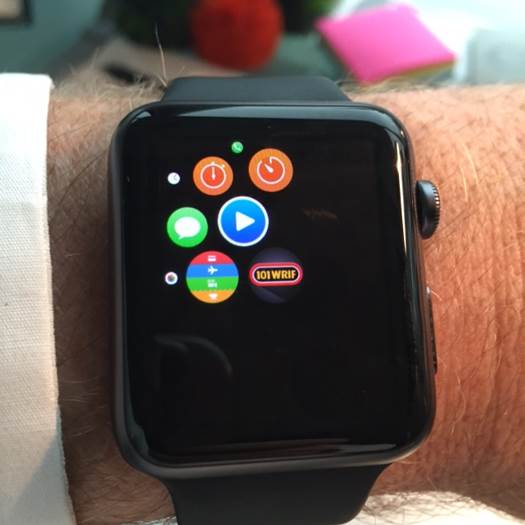 the idea of developing radio apps for Watch. As it turned out, we were a bit too early on that one.
the idea of developing radio apps for Watch. As it turned out, we were a bit too early on that one.
That’s because one of the problems for Watch was adoption. Out of the box, Watch had an impact, but overall, sales were tepid. And the attendant buzz Apple has come to typically enjoy with new product releases just wasn’t there.
The trajectory of Apple Watch turned out to be pretty slow, in fact, pretty glacial. You can see that in our tracking among core radio listeners in Techsurvey starting in 2015 (chart below). Growth had been steady during the first few years, but by Apple standards, unspectacular. Unlike so many other Apple devices released over the decades, this one was simply a gadget in search of a purpose—not where you want to be.
And on our Media Usage Pyramid in Techsurveys over the next several years, the smartwatch ended up at the very top of the heap. That translates to the least essential, least popular device or gadget. Again, not where you want to be.
![]()
The data appears to confirm the smartwatch sector in general, and Apple’s Watch, in particular, has finally made the cut. Now, about one in three Techsurvey respondents owns one of these devices. And Wired tells us Watch is now a $100 billion hit for Apple, and estimates put the number of these devices on wrists worldwide at more than 281 million. Yes, that’s what it takes to reach critical mass, and Apple is doing that with Watch.
Amazingly, Wired also reports that nearly 80% of iPhone owners now also count Watch as one of their techie possessions. That seems high to me. But an impressive data point Apple can clearly claim is more than half of all smartwatches are Watches is more plausible.
Here’s another: Watch is the only product in the category that has outsold the entire Swiss watch industry. And some claim that in the process, Watch has jumpstarted what was not long ago a sleepy business.
But the curve didn’t start heading seriously north until until Apple pivoted its Watch. While the device still has many functions, of course, it has morphed into a health and fitness gadget you wear on your wrist.
Before Apple’s rethink of the smartwatch, most of the other brands were merely versions of a smartphone wearable, receiving texts or even taking calls. The health piece was well in the background.
Case in point: Samsung’s Galaxy Gear debuted at about the same time as Apple’s Watch. This brilliant commercial features lovable images from cartoons, TV shows, and movies, all illustrating wristwatch-like communicators. And most importantly, nowhere in the ad do you see even a passing reference to health or wellness.
Wired quotes David Naranjo of Counterpoint Research who underscores how Apple didn’t just reconfigure Watch, it redefined the entire space:
“Fitbit and others had [an ecosystem and apps], but there were other things they were not able to do,” Naranjo said. “Apple built out the ecosystem and made the health care story very strong. Not only did the company focus on fitness and heart rate, it went beyond fitness and looked at a much deeper level of health care. That’s where Apple excelled.”
It took Apple a while to figure out this “killer app,” but when they did, they were in a perfect position to capitalize on this mega-trend.
You can see the progress of Watch in the more rapid trajectory on the Techsurvey chart above over the past few years. By changing Watch’s #1 “use case” from “you can leave your phone in your pocket” to “you can track your vitals and fitness to stay healthy,” Apple breathed life into a middling product.
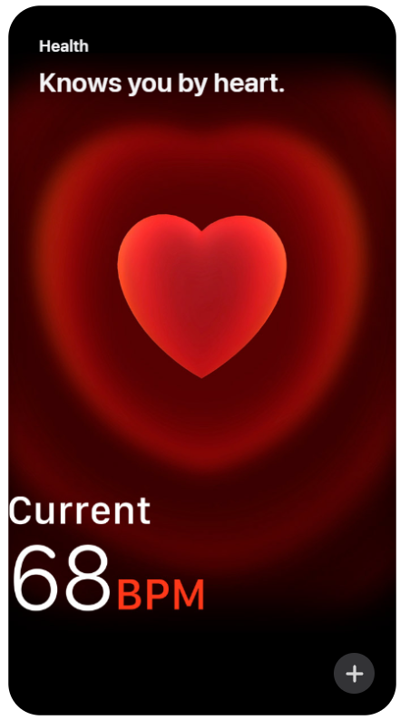 The main statement on Watch’s web page right now:
The main statement on Watch’s web page right now:
“The ultimate device for a healthy life.”
In 2024, Tim Cook told Wired, “If you zoom out way into the future, and you look back and ask what Apple’s biggest contribution was, it will be in the health area.”
That’s an amazing statement, given Apple’s game-changing contributions to personal computing, music and audio consumption, smartphones, and apps.
And if it comes to bear, it will be Watch that will make Cook’s vision come true.
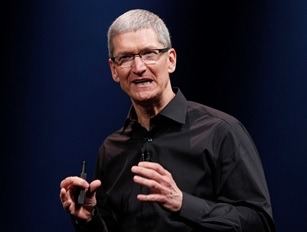
But Apple hasn’t stopped there. Every year, there’s another key fitness upgrade. Measuring your blood pressure may be next up. Wired suggests (noninvasive) blood glucose monitoring “for those facing diabetes could be the next big corner Watch could turn.”
And yet along the way, Apple hasn’t lost its fashion edge. Watch is still very much a fashion statement—or it can be—allowing the wearer to easily change and customize bands and the face itself.
Apple Watch has been a Master Class in redefining a so-so product. It also contains important lessons in understanding audience needs and desires. All of us in radio should be taking copious notes.
Here are my lessons for radio from Watch’s run over the past decade. If you have others, please use “comments” below:

1. Redefine an existing product – Or improve it and give it new life. You can often look to other companies and innovators for inspiration. For example, every great radio personality should be staring at YouTube, thinking about ways to repurpose their skills in different applications—especially video. Adam Reader, the “Professor of Rock,” is a case in point. Similar to many radio hosts all over the world, he’s a great rock n’ roll storyteller. The difference is that he has aggregated more than 1.3 million subscribers on YouTube, in addition to his Hubbard produced show distributed by Skyview Networks.
2. Don’t stop developing – No, it’s not a Journey song but advice to keep developing even after you get it right. Technology doesn’t stand still whether it’s AI, the digital watch, or the Portable People Meter. Development, reinvention, and the addition of new use cases are all part of the success equation. Broadcast radio has redefined itself more than once during its century-long history.
3. Data, data, data – One way to accomplish the aforementioned lessons is to follow the data trail. How are people using the device, and what can be learned from studying those patterns? Xperi has done a particularly good job analyzing usage in its DTS AutoStage, regularly perfecting existing functions while continually introducing others. In fact, its usage data for broadcasters utilizing heat maps showing vehicles with AutoStage in specific markets actually listening to broadcast radio stations is novel and useful:

4. Keep looking down the road – Develop the vision to determine what your innovation can be down the road, not how it will perform next quarter. A major takeaway from the “digital revolution” is that standing pat is not an option.
5. Be a fast follower – That’s how Wired refers to Apple. When they haven’t invented a major device—like the mp3 player or smartphone—they have quickly come up with the better version of these products. No one will remember iPhone wasn’t first. In the big picture, it doesn’t matter if you end up creating the best version of an innovation.
Apple’s 10th anniversary of Watch may seem like just the first chapter for tech wearables—and it probably is. But it is already reinventing how we think of personal health and wellness.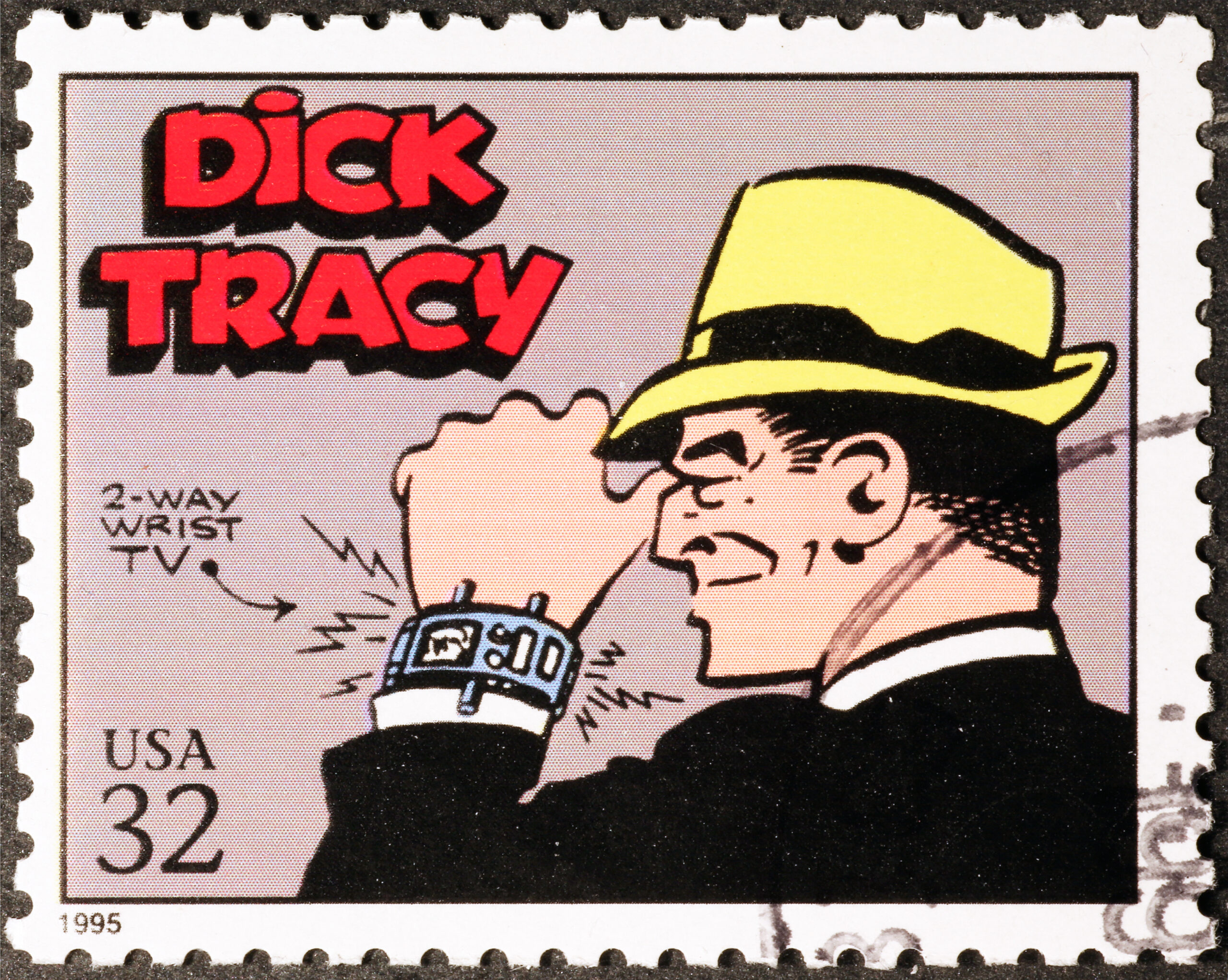
And what a wristwatch is supposed to do.
Not bad for just a few hundred bucks.
And it’s cooler than anything Dick Tracy or Maxwell Smart ever wore.
- For Radio, The Perils Of Rebranding - May 30, 2025
- There’s No Failure In Radio - May 29, 2025
- It’s Not An Innovation If You Can’t Make It Work – And Last - May 28, 2025



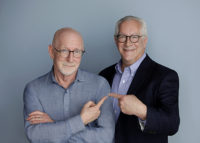
Innovation also needs to be genuine. Example of faux innovation (and this really happened): A liner by one of my local stations urged listeners to download the station’s app so that they could more easily listen to the station in their car!
And they ask us why we drink…
You remind me of the adage – “It’s difficult to remember you’re in the swamp to drain it when you’re up to your ass in alligators!”
But innovation comes from jumping in and making it work…thanks for the reminder Fred…